
The 40th Street or Washington Crossing Bridge, in a picture taken a year and a half ago but somehow lost in the debris until now. In the right foreground is the Bair & Gazzam Building.

The 40th Street or Washington Crossing Bridge, in a picture taken a year and a half ago but somehow lost in the debris until now. In the right foreground is the Bair & Gazzam Building.
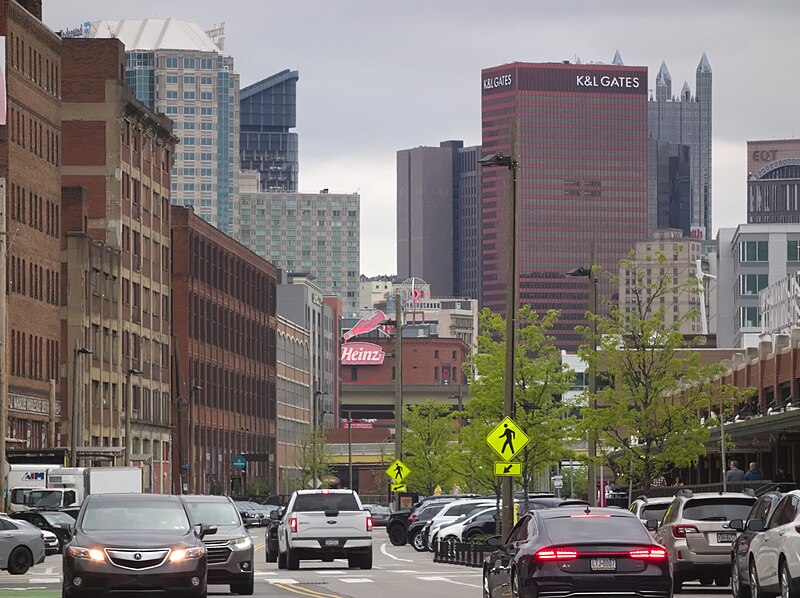
The broad plaza of Smallman Street in the Strip, looking toward downtown from 21st Street.
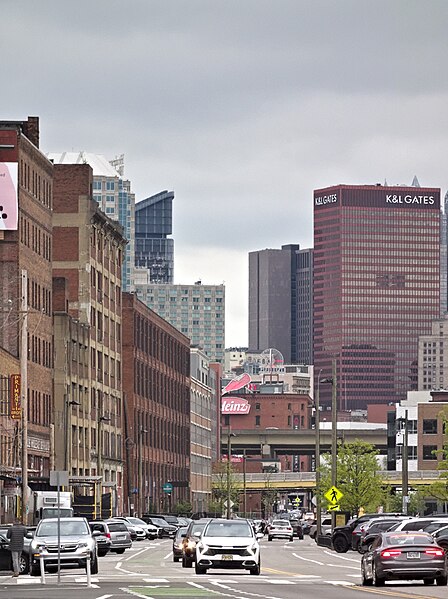

This beautiful Romanesque church was built ad majorem Dei gloriam (“to the greater glory of God”) in 1891. The architect was Frederick Sauer, who gave us many distinguished churches, as well as comfortable houses, practical commercial buildings, and the whimsical Sauer Buildings built with his own hands in his back yard. This is the mother church for Polish Catholics in Pittsburgh, and it has one of the most spectacular sites for a church in the city, sitting at the end of the long broad plaza of Smallman Street along the Pennsylvania Railroad produce terminal.

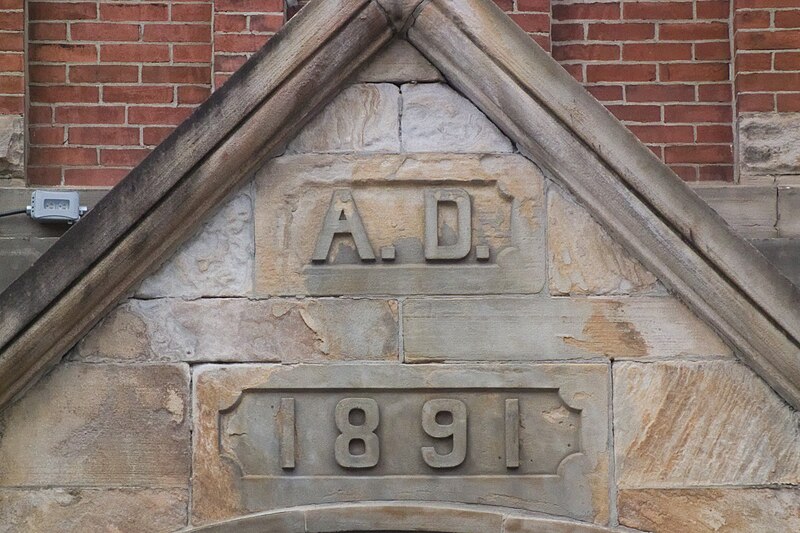

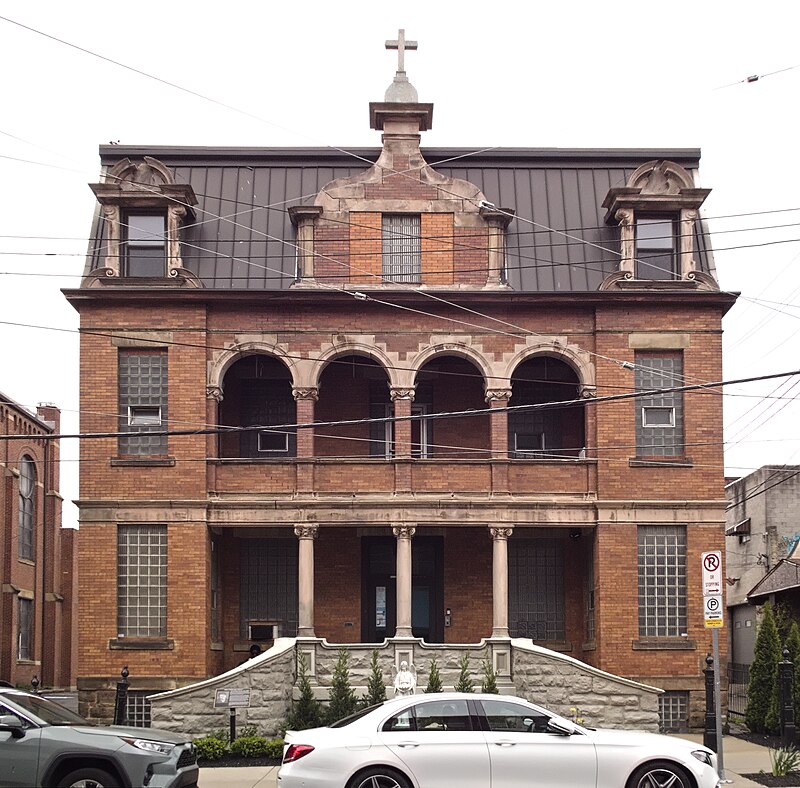
The rectory is also a remarkable building, and still manages to convey much of its original impression in spite of the unfortunate glass-block infestation.

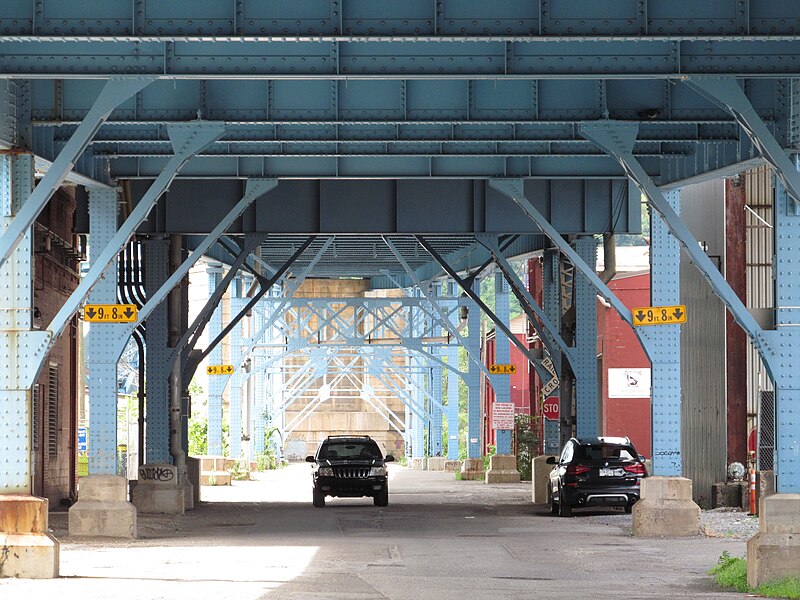
Here is one of two streets in the Strip that exist mostly under bridges. Two blocks away, 33rd Street is entirely under a railroad bridge.

The Springfield Public School, built in 1871, closed as a school in 1934, which was 89 years ago as Father Pitt is writing. It was preserved because it was useful as a warehouse in the increasingly industrializing Strip. Later it became loft apartments, and is now being sold as luxury condos.
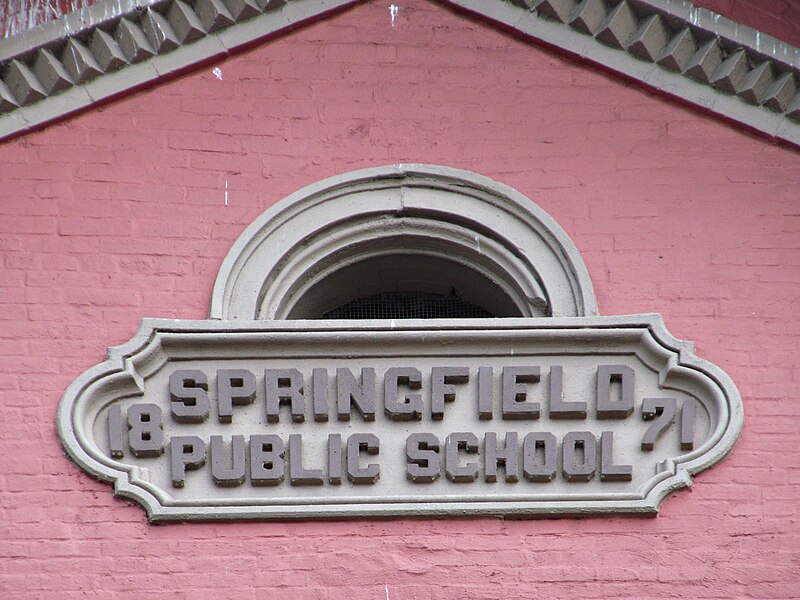
The architect was T. D. Evans, about whom old Pa Pitt knows nothing except that he designed the very similar (though more elaborate) Morse School on the South Side. Compare the two buildings: the Morse School is a little larger, but built on almost exactly the same plan.

Springfield Public School.

Morse School. Father Pitt guesses that the tower in the center of both buildings was a belfry.

If you buy an apartment in the Springfield Public School, you don’t have to walk far to find delicious Asian food of all sorts.

Right now, if you’re quick about it, you can buy this beautiful and historic building that probably dates from the 1870s. It was the office of the Park Brothers’ Black Diamond Steel Works, later Crucible Steel.
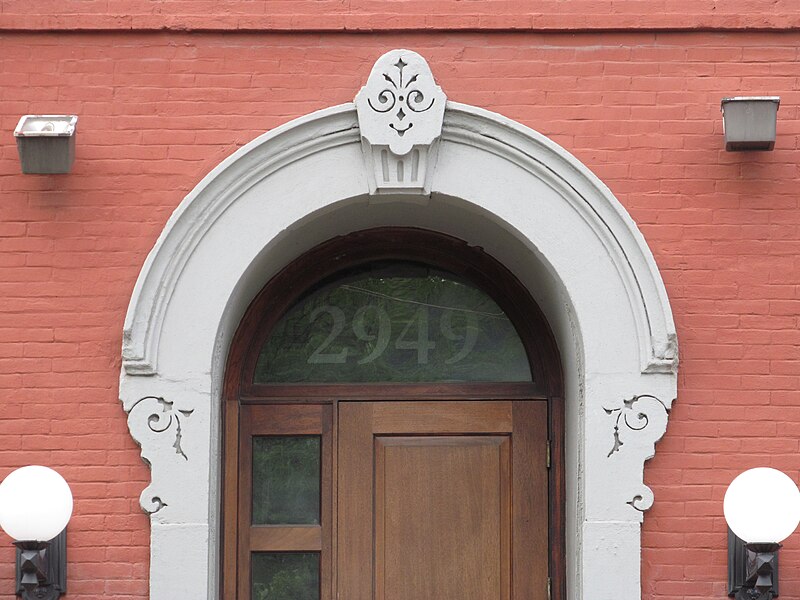

This cheery decorative carving is in a style that was common in the 1870s; it may be by the same craftsman who did the decorations on the Springfield Public School (1871) a block away.
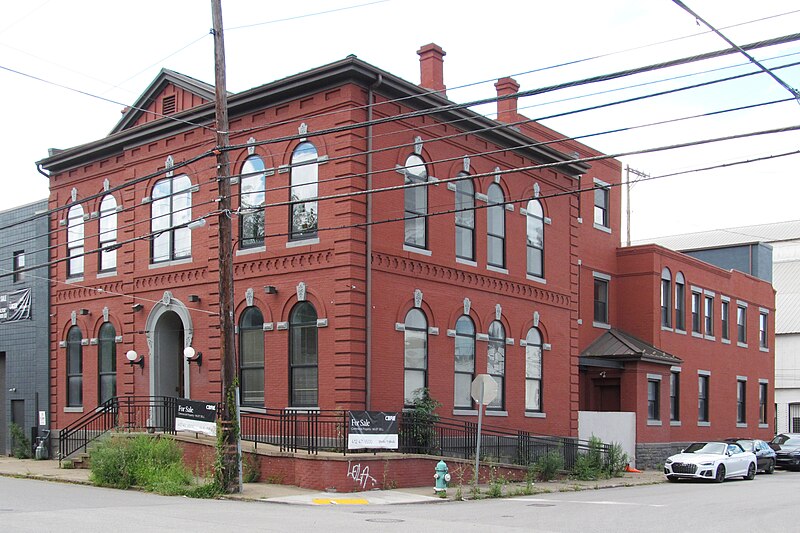

A dignified industrial building now converted to loft apartments. It was built in the 1890s as a machine shop for the Bair & Gazzam Manufacturing Company, and by 1910 it belonged to the Ruud Manufacturing Company, makers of those marvelous automatic water heaters. The style is very much in line with the industrial Romanesque that was popular in the late 1800s; but if we look carefully at the arches on the ground floor, we notice that they are very subtly pointed.
Father Pitt does not know the whole history of this building, but it looks as though the top two floors were a later addition.



Broken windows, graffiti, piles of rubbish, trees growing from the roof—this is how the Armstrong Cork Factory looked two decades ago, when architectural historians wondered whether it could be saved. It’s a fine piece of industrial architecture by Frederick Osterling, and it was turned into luxury riverfront apartments in 2007. The success of that venture proved that there was a market for loft apartments in vacant landmarks, with the result that dozens of substantial buildings in the city have been similarly adapted since then.
This picture was taken with a Lomo Smena 8M.